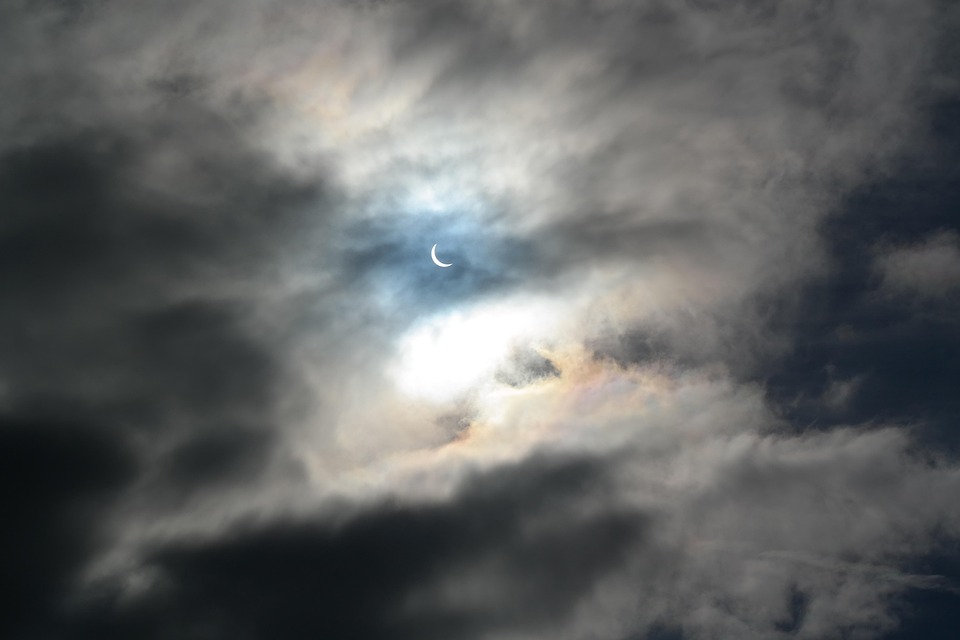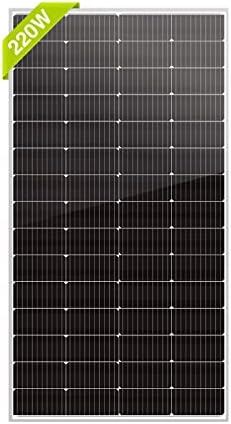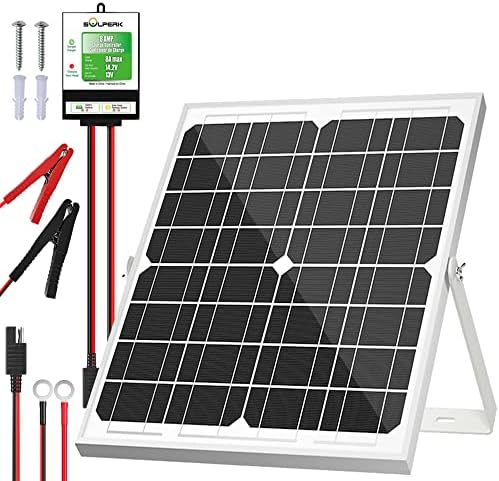### Debunking Myths: What You Really Need to Know About Solar Panels
There’s nothing quite like waking up in a cozy, solar-powered cabin with sunlight streaming through the windows, illuminating the rustic wooden beamwork while the kettle whistles in the background. This has become my daily routine since parking my life firmly in the realm of renewable energy. And though it sounds idyllic, misconceptions about solar panels sometimes overshadow the experience. Over the years, I’ve encountered plenty of myths about solar energy that can deter folks from making the leap. Let’s clear the air and delve into what you really need to know about solar panels!
#### The Myth: Solar Panels Only Work in Sunny Areas
Many people think that solar panels are only effective in regions that bask in endless sunshine. While it’s true that bright, sunny locales are ideal for maximizing energy production, advancements in solar technology have made panels capable of generating electricity even on cloudy or rainy days.
In fact, solar panels can capture diffuse sunlight—light scattered in the atmosphere—allowing them to produce energy even under overcast conditions. The argument is similar to how a cloudy day can still provide light ample enough to read a book outside! Areas like Germany, known for its long, gray winters, have become leaders in solar energy production.
#### The Reality: Efficiency is Key
When assessing solar panel efficiency, it’s crucial to understand what that means. Efficiency measures how well a solar panel converts sunlight into usable electricity. While more efficient panels do produce more energy in low-light conditions, most modern solar panels work remarkably well across various climates.
In addition, you can install solar panels at an angle optimized for catching sunlight based on your geographical location. The result? Even in less-than-sunny weather, your panels can still generate substantial power.
—
#### The Myth: Solar Panels Are Too Expensive
Many people dismiss solar panels because they perceive them as a luxurious gadget meant for the wealthy or tech-savvy. While it’s true that the initial investment can be high, the cost of solar systems has plummeted over the years, decreasing by around 70% since 2010.
In many regions, government incentives, tax credits, and financing options make solar installation far more affordable. The long-term savings on your energy bills often outweigh the upfront costs. Talk about a win-win situation!
#### The Reality: Solar Is a Solid Investment
Solar panels not only help you save on monthly utility bills; they can increase the value of your home. Studies indicate that homes equipped with solar energy systems often sell faster and fetch higher prices than those without. Moreover, energy independence is priceless. No more fluctuating electricity bills or relying on utility grids — solar panels grant you control over your energy consumption.
—
#### The Myth: Solar Panels Require Constant Maintenance
Another common worry is that solar panels are high-maintenance machines that require constant service and oversight. This assumption can keep potential adopters at bay. However, the truth is that solar panels are designed for durability and longevity.
Most systems come with warranties of 25 years or more, and they typically only require a simple annual cleaning to ensure optimal efficiency. Rainfall often cleans them better than any manual effort! Monitoring software is also available to track production and system health, making oversight a breeze.
#### The Reality: Minimal Upkeep for Big Returns
With minimal ongoing maintenance, solar panels make it easy to focus on enjoying your home. Many users can hop on their apps to check energy production from the comfort of their couch while keeping the kettle running. A little care goes a long way: just ensure branches aren’t obstructing sunlight, and the panels are clear of debris — and voilà, you’re set!
—
#### The Myth: You Need Batteries for Solar Panels to Work
The fear of needing massive batteries to store energy is another myth that stops people from embracing solar technology. Not everyone has the space or budget for hefty storage systems, and some may believe that without them, their solar investment is futile.
While batteries can increase your energy independence, they’re not a requirement for solar panels to function effectively. Many solar setups integrate into your local grid, allowing you to draw power when your panels aren’t producing energy (like on those cloudy days).
#### The Reality: Grid-Tied Options are Available
If battery storage isn’t convenient or feasible, know that you can connect your solar panels to the grid. When your system produces excess energy, it can feed back into the grid, and you may even receive credits for that power through net metering. This means you might not need to invest in extensive battery systems if you plan your setup accordingly!
—
#### The Myth: Solar Panels Are Ugly and Complicate Roof Designs
When contemplating solar panels, some might imagine bulky, clunky structures taking up valuable roof real estate that clashes with home aesthetics. This rests solidly in the realm of myths, as modern solar technology has moved beyond traditional designs.
Companies are now designing sleek, more visually appealing panels that can seamlessly blend into your roofline, or even be integrated in place of traditional roofing materials.
#### The Reality: Innovative Design Matters
Many aesthetics-focused solar solutions provide a modern flair and a variety of designs that suit any home’s style. Plus, with the rising popularity of solar shingles and building-integrated photovoltaics (BIPV), you can achieve energy efficiency without compromising on looks.
—
#### Pro Tips: Making the Most of Your Solar Panel Experience
Now that we’ve debunked some myths and clarified the realities of solar panels, let’s dive into a few pro tips:
1. **Research Local Regulations**: Understanding any state-specific laws regarding solar installations can save you headaches later.
2. **Evaluate Your Energy Consumption**: Before installing, analyze your current energy usage. This will help you determine how much solar power you’ll need.
3. **Choose the Right Location**: If possible, position your panels to optimize sun exposure. Minor tweaks can lead to major gains in power generation.
4. **Consider Community Solar Programs**: Not ready to install panels on your property? Community solar programs allow you to invest in solar farms that provide shared energy benefits.
5. **Keep Up with Maintenance**: Although panels are durable, regularly check for debris and don’t hesitate to call a professional if you notice anything amiss.
6. **Plan for Upgrades**: Technology is always advancing. Keep an eye out for the latest solar innovations that could improve efficiency or aesthetic appeal.
—
#### Final Thoughts
With the truth properly scrubbed and things demystified, there’s no doubt that solar panels are a wise investment for both energy independence and financial savings. While it may take a little bit of research and planning, harnessing solar energy can lead to a more sustainable lifestyle and a rewarding experience.
In a world that increasingly depends on green technology, deciding to go solar is not just about personal benefit; it’s a shared step toward a brighter, cleaner future for the planet. So why not illuminate your life with the sun’s abundant energy? Embrace it!



